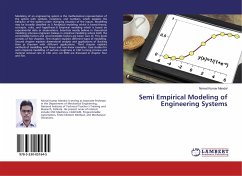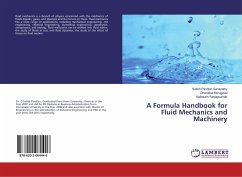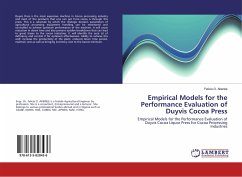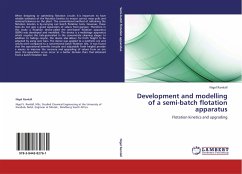Modeling of an engineering system is the mathematical representation of the system with symbols, notations, and numbers, which explains the behavior of the system under changing situation of the inputs. Modelling may be broadly classified as i) Analytical modeling which is based theory, concepts, rules, and hypothesis ii) Empirical modeling which is based on experimental data or observations. Scientists mostly believe in theoretical modeling whereas engineers believe in empirical modeling where both the controllable factors and uncontrollable factors are taken care of. This book consists of five chapters. First chapter explains different types of modelling. Second chapter explains dimensional analysis and applications of Bucking Ham pi theorem with different applications. Third chapter explains methods of modelling with linear and non-linear examples. Case studies for semi empirical modelling of surface roughness in CNC turning process and material removal rate in CNC wire cut EDM are discussed in chapter four and five.
Bitte wählen Sie Ihr Anliegen aus.
Rechnungen
Retourenschein anfordern
Bestellstatus
Storno








